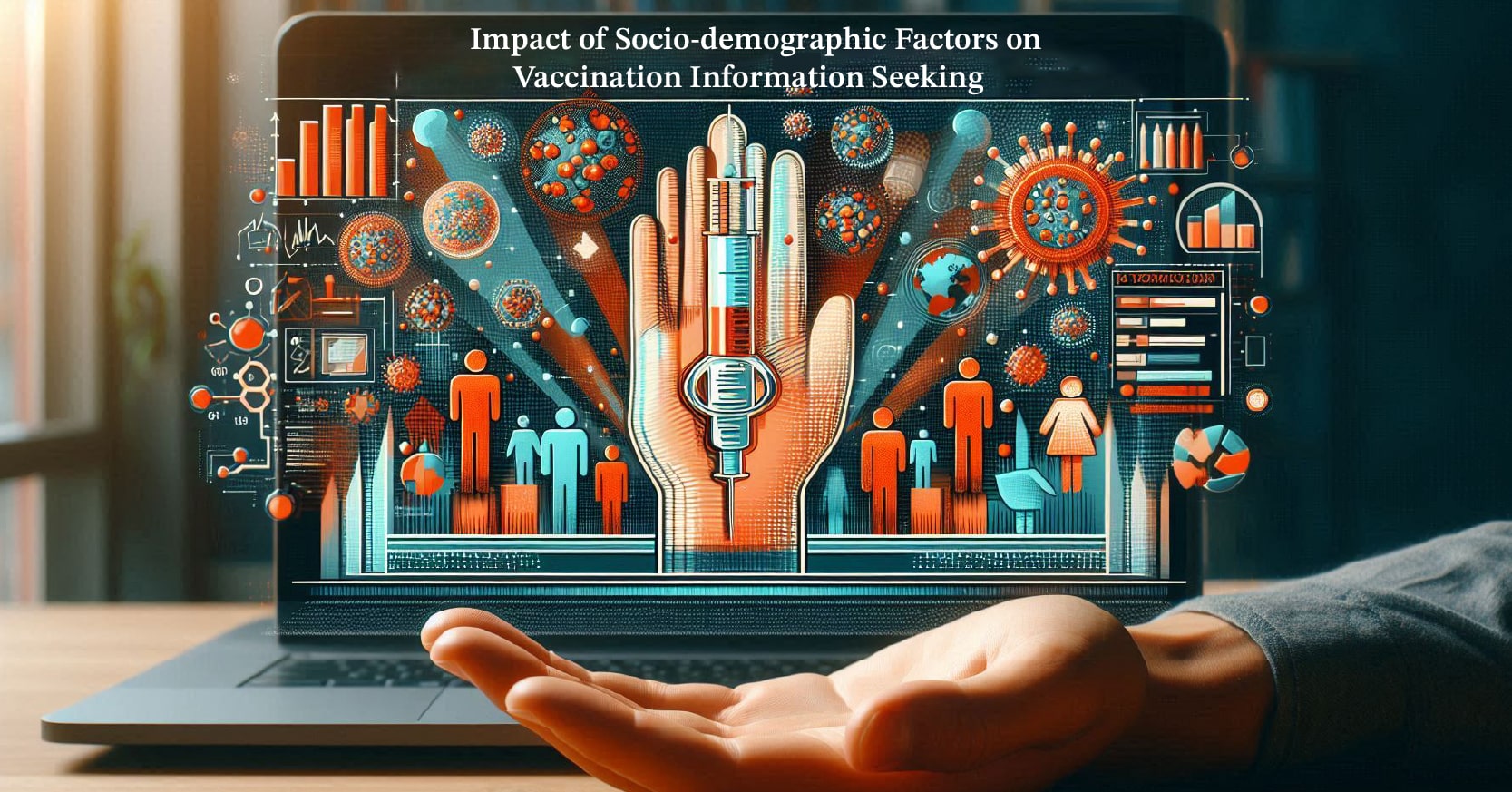In the age of information technology, the provision and access to information about vaccines assume a different character than they have ever done in any period in the past. Obtaining information on the Web is very easy and convenient now and fundamentally influences the ways people make use of it to know and decide about their health and vaccinations, virtually in all aspects of life. However, quite a number of individuals remain indifferent to this idea. Responses to vaccine information and other related behaviors consider significant socio-demographic factors such as age, gender, education, income, and geographic location. Such factors seem to affect not only the channels of communication that individuals use to get vaccine information but also their trust in the sources and their eventual decision-making in terms of vaccination. Understanding these dynamics can be quite instrumental to public health strategies that seek to address the challenge of low uptake of vaccines and the fight against misinformation. This article shall identify the socio-demographic factors that impact seeking vaccine information by investigating what several studies have shown regarding disparities and challenges in accessing and utilizing vaccine information.
Age and the Act of Seeking Vaccine Information
Age is one of the most important socio-demographic factors affecting the act of information seeking on vaccination. Younger people refer to those in the age bracket of 18-34 years and are more likely to use digital platforms in seeking health information about vaccines. Such a generation tends to have no qualms about seeking information through search engines, social media, and health websites, among others. Older people, on the other hand, especially those above 55, are not regularly going to search for vaccines online. They primarily depend on traditional sources such as television and newspapers, not forgetting direct interactions with their doctors and nurses. These impacts of the digital divide based on age reveal the difficulties associated with enabling vaccine information to be accessed fully by all subpopulations. More barriers on the part of older people, such as digital illiteracy and doubt toward online information, may also limit them from obtaining trustworthy sources of information about vaccines.
Gender Differences in Vaccine Information Searching
Gender also plays a significant role in the process of seeking information about vaccines. Several studies have shown that women tend to be more proactive in seeking information about health and vaccines than men. This is likely attributed, at least in part, to the traditional role of women as primary caregivers, which often makes them more involved in health-related decisions regarding themselves and their families. Women possibly batten down more on multiple sources of information: online forums, social media, and even health care providers, just assuring themselves that they have gathered a comprehensive body of issues concerning the vaccines. Men may rely less on seeking health information and therefore rest more on a systematic source of health information for health care providers for referrals. This calls for focused communication strategies that would address the particular needs and interests of both men and women in gaining information related to the vaccine.
